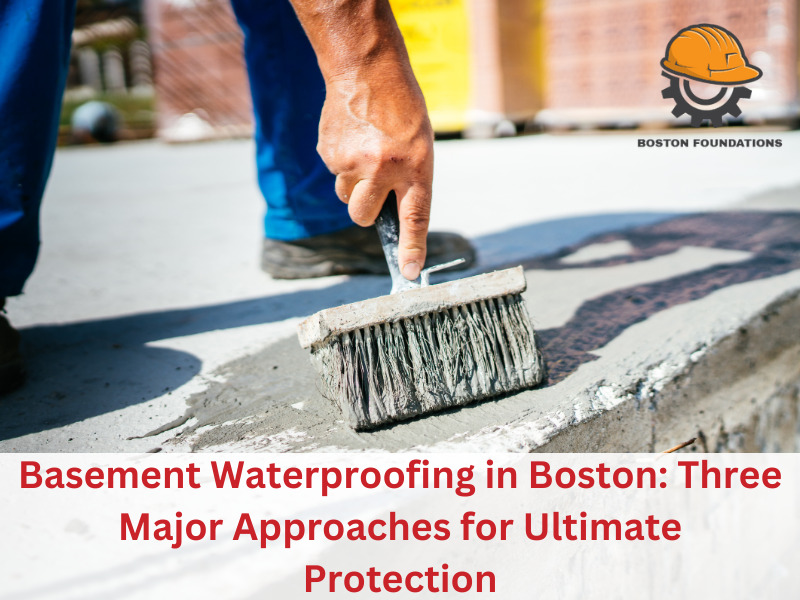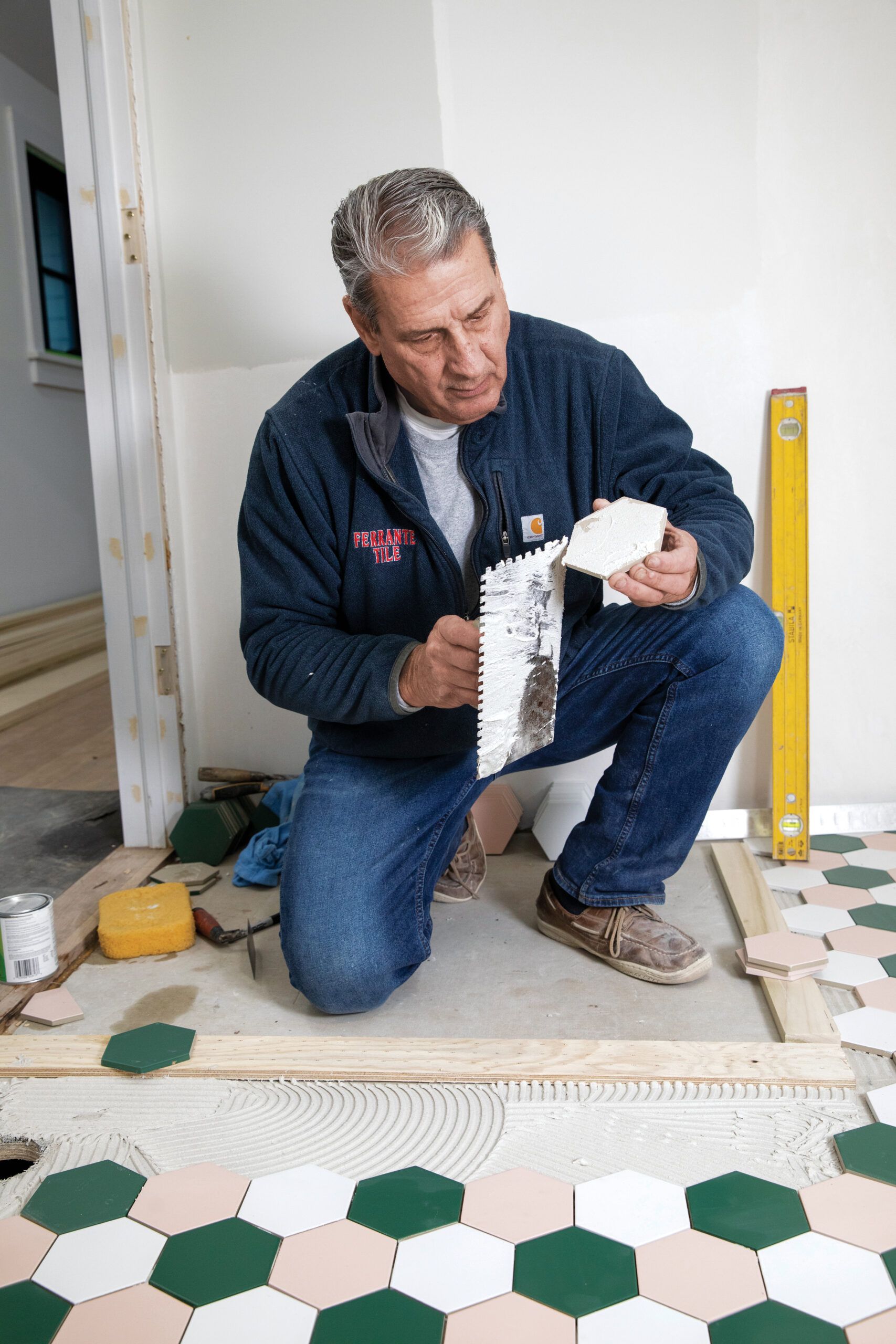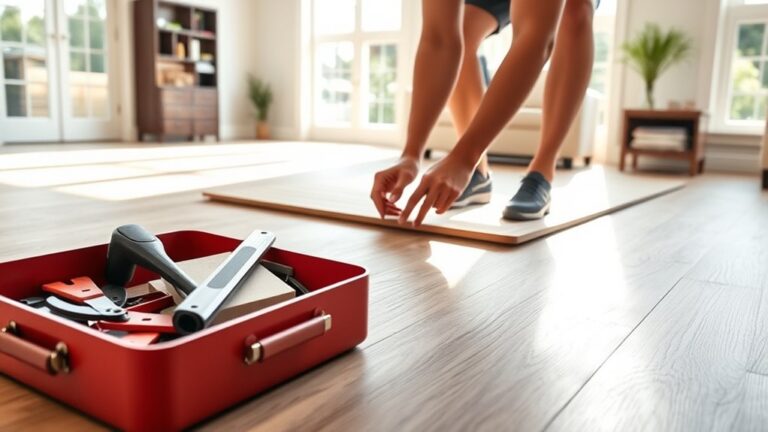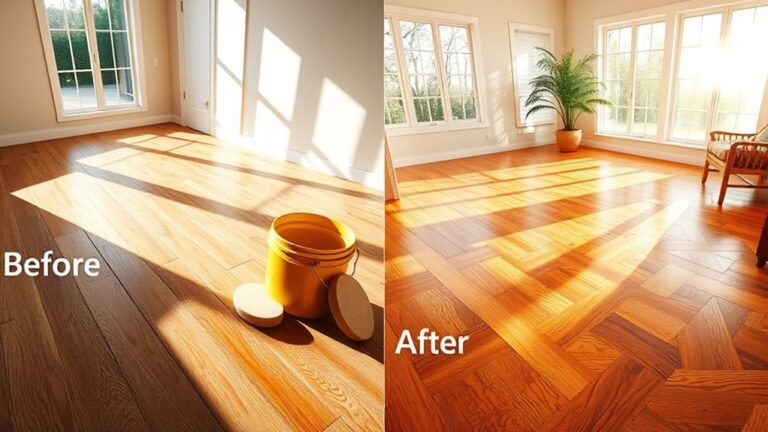To waterproof a second-floor balcony, you need to apply a waterproof sealant and use waterproofing membranes or tiles with built-in waterproofing. Waterproofing a second-floor balcony involves applying a sealant and using waterproofing membranes or tiles.
This will protect the balcony from water damage and ensure its longevity and durability. A waterproof sealant acts as a protective barrier against moisture and prevents leaks, while waterproofing membranes provide an added layer of protection. Additionally, using tiles with built-in waterproofing properties can also improve the balcony’s resistance to water damage.
Properly waterproofing a second-floor balcony is essential to prevent water penetration and potential structural issues, ensuring a functional and long-lasting outdoor space.
Assessing The Current Condition
I have been asked to provide guidance on how to waterproof a second-floor balcony. The first step in this process is to assess the current condition of the balcony. One important aspect of this assessment is to identify potential sources of water damage. This may include inspecting for cracks and leaks in the balcony surface or structure. It is also essential to evaluate the overall balcony structure for any signs of deterioration. This could include checking for rot, rust, or other signs of water damage in the materials used.

Preparing The Balcony Surface
One crucial step in waterproofing a second-floor balcony is to clean the balcony thoroughly. Start by sweeping away any debris and dirt from the surface. For a more intensive clean, use a pressure washer or a scrub brush with a mild detergent and water solution. This will help remove any tough stains and grime.
Next, it is important to remove any existing waterproofing materials that may be present on the balcony surface. This can be done using a scraper or a chemical stripper, depending on the type of waterproofing used. Make sure to follow the manufacturer’s instructions and take necessary safety precautions.
Finally, inspect the balcony for any cracked or damaged areas. These should be repaired before applying the waterproofing. Fill any cracks or holes with a suitable filler and smooth it out to create an even surface. This will ensure a proper seal and prevent water from seeping through.
Applying Waterproofing Solutions
When waterproofing a second-floor balcony, it is essential to choose the appropriate method to ensure long-lasting protection against moisture and leaks. One effective solution is to seal the balcony surface with a liquid waterproofing membrane. This membrane is easily applied and forms a seamless barrier that prevents water from penetrating the balcony structure. Another option is to install a waterproofing system with membranes and drains. This system creates a protective layer that directs water away from the balcony and prevents it from seeping into the underlying structure. By selecting the right waterproofing method, you can safeguard your second-floor balcony against moisture-related damage and prolong its lifespan.
Ensuring Long-term Protection
Regular maintenance and inspections are crucial for maintaining the integrity of a second-floor balcony’s waterproofing system. By monitoring for signs of water damage, you can detect any potential issues early on. Look for discoloration, peeling paint, or damp spots, as these may indicate a problem.
If any signs of water damage are spotted, take immediate action. Applying additional layers of waterproofing as needed can reinforce the balcony’s protection against moisture. Make sure to choose a high-quality waterproofing product that is suitable for outdoor use and follow the manufacturer’s instructions for application.
Additionally, inspect the balcony regularly for any cracks or gaps that may allow water infiltration. Seal any such areas promptly to prevent water from seeping into the underlying structure.
By prioritizing regular maintenance, inspections, and timely repairs, you can effectively waterproof your second-floor balcony and ensure its long-term protection.
Frequently Asked Questions On How To Waterproof A Second Floor Balcony
How Do You Waterproof A Balcony Above A Living Room?
To waterproof a balcony above a living room, start by ensuring the balcony surface is clean and dry. Apply a waterproofing membrane or coating, following the manufacturer’s instructions. Pay attention to seams, corners, and any potential leakage spots. Regularly inspect and maintain the waterproofing to ensure its effectiveness.
Can I Waterproof My Own Balcony?
Yes, you can waterproof your own balcony. It’s essential to follow proper steps and use quality waterproofing materials. Prepare the surface by cleaning it thoroughly. Apply multiple coats of a waterproofing membrane, ensuring even coverage. Allow sufficient drying time between coats.
Finally, regularly maintain and inspect the waterproofing to ensure its effectiveness.
What Can I Use To Waterproof My Balcony?
To waterproof your balcony, you can use various options like sealants, waterproofing membrane, or even tiles with water-resistant properties. Properly applying these materials can help protect your balcony from water damage and prolong its lifespan.
How Much Does It Cost To Waterproof A Balcony?
Waterproofing a balcony can cost around $500 to $1500, depending on the size and materials used.
Conclusion
To conclude, ensuring the waterproofing of a second-floor balcony is essential to protect it from potential damage caused by water infiltration. By following proper techniques such as applying a membrane, sealing cracks, and using high-quality waterproofing products, you can prevent leaks and prolong the lifespan of your balcony.
Remember to regularly inspect and maintain the waterproofing system to keep it in optimal condition. Trust in these steps to enjoy a secure and durable second-floor balcony for years to come.




